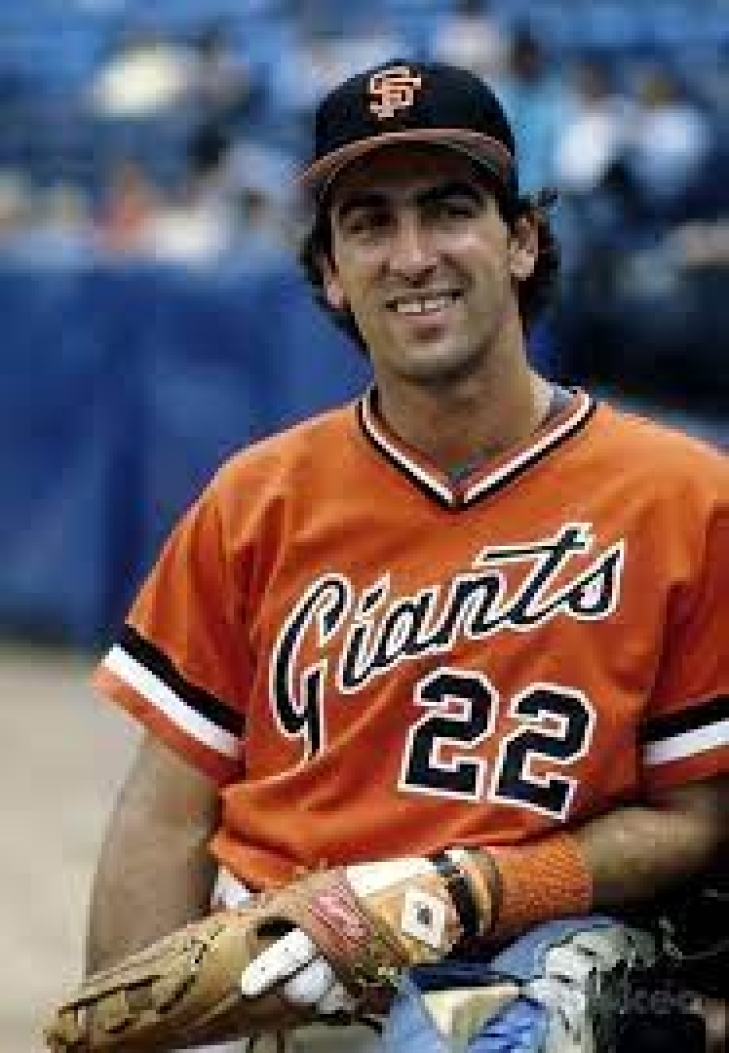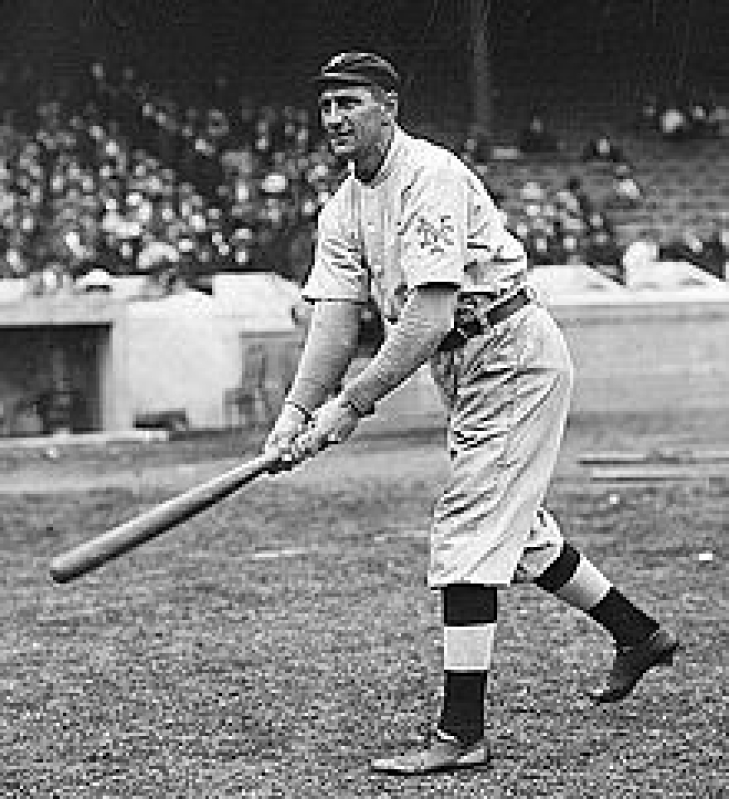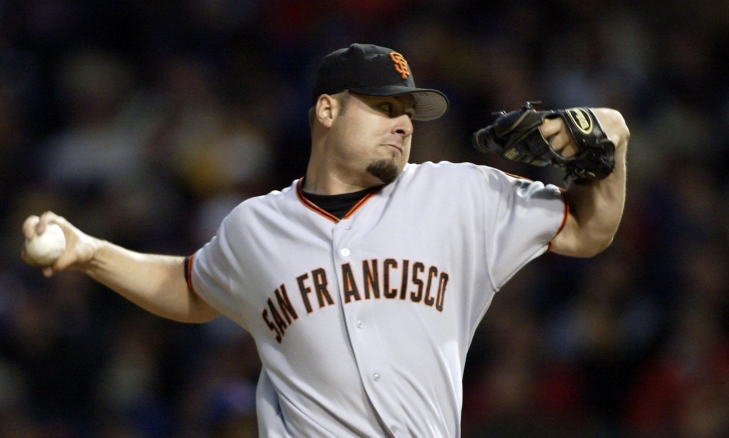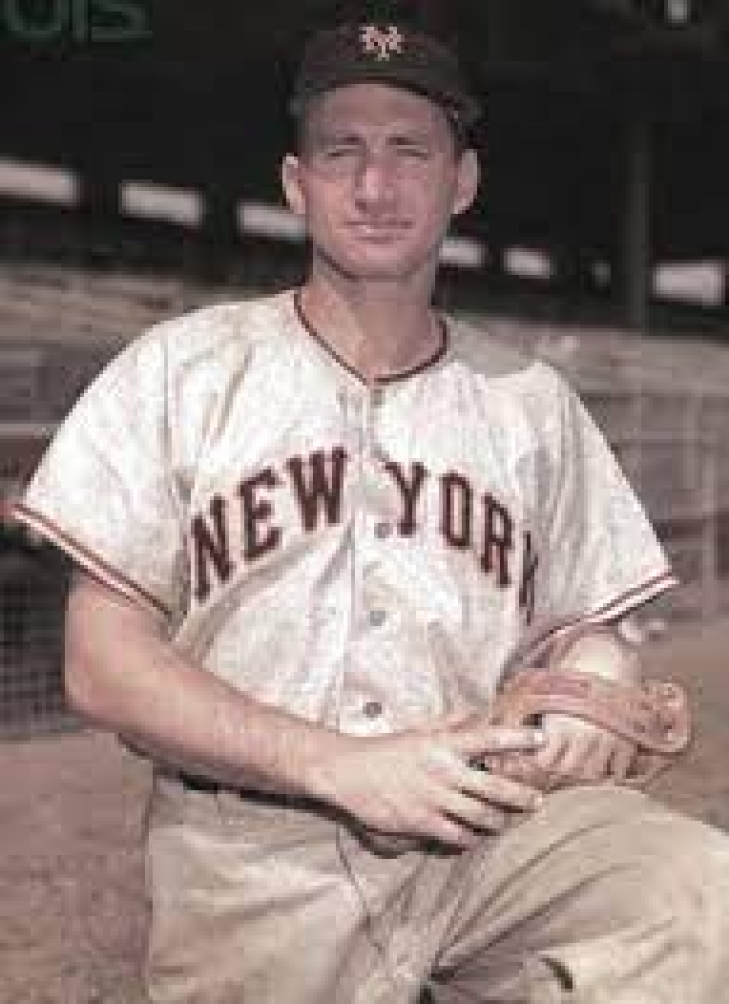
Committee Chairman
38. Jack Clark
Jack Clark made a lot of progress in quick fashion, first tasting Major League action in 1975, two years after he was taken deep in the 13th Round. Two years later, he was a starter in Rightfield for the Giants, but it was not until the year after that he broke out.
Clark's 1977 was a 25 Home Run year with a .306 Batting Average. Jack "The Ripper" went to his first All-Star Game and was fifth in MVP voting. An All-Star again the following year, he belted over 20 Home Runs (26) and would break that mark the third year in a row in 1980 (22). Clark likely would have had an entire six-year run of 20 Home Runs had the 1981 strike not held him to 17. Mostly known for his power, Clark had his moments defensively, with a strong throwing arm, though his range was, at times, suspect.
Following a disappointing injury-plagued 1984 and conflicts with Frank Robinson, the Giants Manager, Clark was traded to St. Louis for four players. With San Francisco, Clark smacked 163 Home Runs and 1,034 Hits.
In 2008, Clark was among many selected for the inaugural Wall of Fame Class.
37. Art Devlin
Art Devlin was an excellent defensive Third Baseman in the dead-ball era, finishing four times in the top ten in Defensive bWAR, and three times was the leader in Assists by a Third Baseman.
Devlin was not the best hitter in the National League, but he was competent, collecting at least 120 Hits in his first seven seasons and using his speed to swipe at least 20 Bases in six of those years, including a league-leading 59 in 1905. That was the year that he helped New York win the World Series.
A Giant for eight years before he was sold to the Boston Braves, Devlin had 1,011 Hits and 439 Stolen Bases for New York.
43. Jason Schmidt
Before Jason Schmidt arrived as he arrived in San Francisco as part of a trading deadline day trade with Pittsburgh in 2001, there were no reasons to believe that he would emerge as the ace of the staff. The starter, who began his career in 1995 with Atlanta, had never finished a season with an ERA under four or finished with more than 13 Wins, but the Giants uniform brought out the best of Schmidt.
Schmidt finished the season 7-1, and he resigned with the Giants. After a decent 2002 (13-8, 3.45 ERA), Schmidt had the season of his life, going 17-5 and leading the National League in ERA (2.34), ERA+ (180), and WHIP (0.953). An All-Star for the first time, Schmidt finished second in Cy Young voting to Houston’s Roger Clemens. Schmidt returned to the All-Star Game the year after, on the back of an 18-7/3.20 ERA year, where he was fourth in Cy Young voting but was named by The Sporting News as their Pitcher of the Year.
Schmidt's output declined after those two years, but he was still good enough in the first half of 2016 to make the All-Star team. He left the Giants as a Free Agent for Los Angeles, but shoulder issues held him to only 10 MLB Games over the next three years, leading to his eventual retirement.
With San Francisco, Schmidt went 78-37 with a 3.36 ERA and 1,065 Strikeouts, and the team enshrined him on their Wall of Honor in 2011.
41. Al Dark
Al Dark won the 1948 National Rookie of the Year with the Boston Braves, but the slumping Braves dealt the Infielder to the Giants, a move that helped New York elevate to the top rung of the National League standings.
Dark arrived in New York in 1950 and had at least 160 Hits five years in a row. Batting over .300 three times, Dark was also a three-time All-Star and the National League leader in Doubles (41) in 1951. That year, the Giants won the Pennant but not the World Series, though Dark would help lead New York to a Title in 1954. That year, Dark was also fifth in MVP voting.
The popular player was traded to St. Louis during the 1956 Season, but never achieved the success he did as a Giant, where he had 1,106 Hits and a .292 Batting Average.





